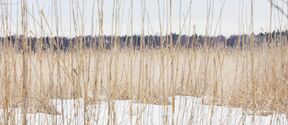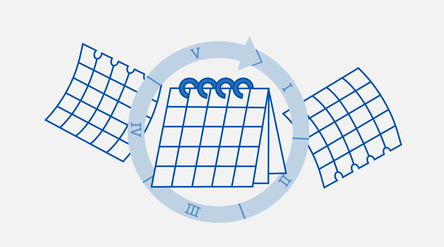Description of the programme
Master's Programme in Maritime Engineering is organized by the School of Engineering.
The Nordic Master in Maritime Engineering is based on the expertise of the participating universities within naval architecture, offshore engineering and maritime engineering. The programme targets international students wishing to profit from the Nordic Five Tech universities' long standing tradition and competence in the field and Nordic students wishing to specialize in a specific area of expertise offered within the alliance.
The education is based on first principles within design, construction and operation of ship and offshore structures, including hydrostatics and stability, hydrodynamics, wave and wind loads and structural analyses. The teaching comprises lectures, assignments, workshops and project work. Theory is supported by experimental work and computer simulations are used intensively.
Programme Structure
The programme is structured in two parts:
- In the first year, you learn topics of maritime engineering, naval architecture and offshore engineering on Master level: stability, resistance and propulsion, seakeeping, manoeuvring and ship and ocean structures. If you did not have naval architecture as part of your bachelors’ programme, you will also have basic introductory courses in naval architecture. In addition to maritime engineering courses, you must do courses on general and special engineering competences, such as CFD, structural analysis, composite materials etc. The emphasis on each subject will depend on the entrance university and your entrance qualifications. In particular Aalto but also NTNU offer elective courses in Arctic maritime engineering as part of the curricula.
- In the second year, you specialize in one of the five subjects: ocean structures, passenger ships, ship design, ship operations and small craft. Each of the subjects defines a study track. The subject of your thesis must be within the study track.
It is required that you start at one of the partner universities for part 1 and finish your studies at another university for part 2.












